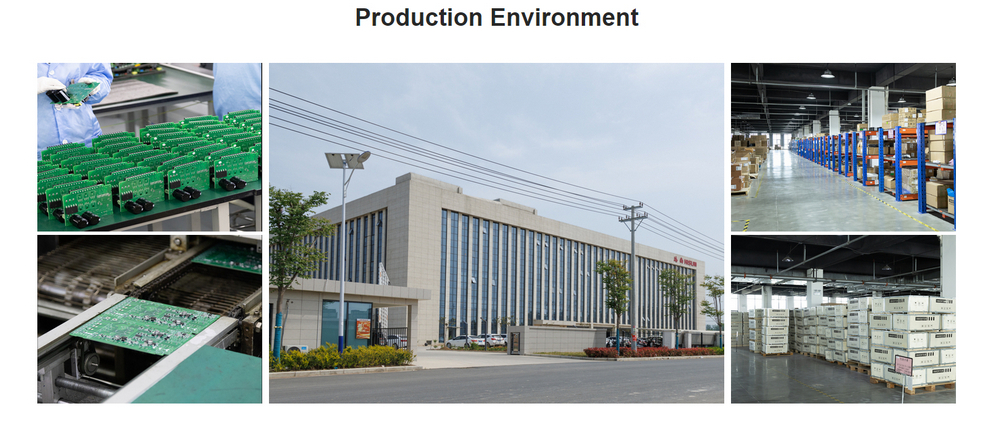Google declares war to Apple: Secret ambitions behind the series of hardware releases
Google broadcasted a new advertisement nationwide last month. A blank search box emerged from a plain white background and slowly became taller and thinner. In the background music of rock band Redbone humming "Come And Get Your Love", the search box gradually became the outline of a mobile phone, which is Google's newly released Pixel mobile phone. The implied meaning behind this ad is not difficult to understand: search was once a product of Google's logo, but now it is not enough to represent Google, and Google needs more to express itself.

Google has been in business for 18 years. It may soon emerge that there is a better way to use the Internet and replace the ubiquitous search box. At the same time, Google also decided to transition to a hardware company. It hopes that it can also produce hardware products instead of handing over this part of its work to partners.
These two requirements have a direct correlation. If there is really something that can replace the search box, Google will certainly want to take it in their own hands. Google may have made a choice, which is its introduction of AI Assistant Google Assistant. However, excellent software also needs to be able to support its hardware to cope with it, otherwise it is useless.
This is what Google is currently trying to do: It recently launched two mobile phones, a smart speaker, a VR helmet, a WiFi router and a TV stick. It intends to create a complete and interactive product through these hardware products. Connected hardware ecosystem. As a result of producing its own hardware products, Google for the first time allowed itself to stand on the opposite side of Apple. There is a very high level of risk in this area that cannot be compromised.
First round: Pixel vs. iPhone not only eliminates camera bumps
Google once produced a lot of hardware products, but it has nothing to do with its core business, search. Whether it's a dismal NexusQ or an unexpectedly successful Chromecast, Google’s products have always been co-developed by several different departments, but there is no unified strategy to guide the cooperation of these departments. This situation changed in April of this year. Google hired Motorola senior executive Rick Osterloh as hardware business executive.
Today, all of Google’s hardware is led by the department led by Astro, which ensures the consistency of design and use of various hardware products. Look at Google's current products and you will find that their designs are more cohesive than before. Ostro said: "Basically, we believe that many of the innovations we are now pursuing ultimately require controlling the end-to-end user experience." You may often hear Apple say this, but what does it say from Google's mouth? Less common.
This absolute control is a dramatic change for Google. For example, its previous Nexus project was just to provide other hardware vendors with a reference platform to understand new changes in Android. Its role is to showcase new processors, larger displays and cheap design options. Selling these phones is usually a side job rather than a core business.
When the Nexus phone became dispensable, Google finally found itself facing a more urgent need: to compete directly with Apple, make Android a direct competitor to the iPhone, and compete with the latter for sales, quality, and customer service.
A 220V inverter, often referred to as a power inverter, is a device designed to convert direct current (DC) power into 220V alternating current (AC) power. It is commonly used in situations where AC power is not readily available or as a backup power source during power outages. The 220V output voltage is suitable for operating a wide range of electronic devices and appliances, such as laptops, televisions, refrigerators, and power tools.
The main function of a 220V inverter is to perform DC to AC power conversion. It takes the DC power input from a battery bank, solar panel system, or other DC power sources and transforms it into AC power that matches the voltage and frequency requirements of the connected devices. This enables the use of electronic devices that typically run on AC power in off-grid locations or areas with unreliable power supply.
Some 220V inverters produce a modified sine wave output, which is a close approximation of a pure sine wave. While a pure sine wave is the ideal form of AC power, modified sine wave inverters are more cost-effective and suitable for many common electronic devices. However, certain sensitive equipment, such as medical devices or audio equipment, may require a pure sine wave inverter to prevent potential performance issues or damage.
220V inverters come in various types and sizes, including portable inverters that are lightweight and easy to carry, making them ideal for outdoor activities, camping, or powering devices in vehicles. Automotive inverters specifically cater to the power needs of vehicles and can be plugged into a car's cigarette lighter socket.
Efficiency is an important consideration when choosing a 220V inverter. Higher efficiency inverters convert a larger percentage of the DC input power into usable AC power, resulting in less energy wastage and longer battery life.
Overall, 220V inverters provide a convenient and reliable solution for powering electronic devices and appliances when traditional AC power sources are unavailable. They are essential for off-grid living, emergency backup power, and powering electronic devices on the go, ensuring the continuity of electrical power for various applications.

220V Inverter,Industrial Frequency Inverter,3Kw Vfd,Frequency Driver
WuXi Spread Electrical Co.,LTD , https://www.vfdspread.com